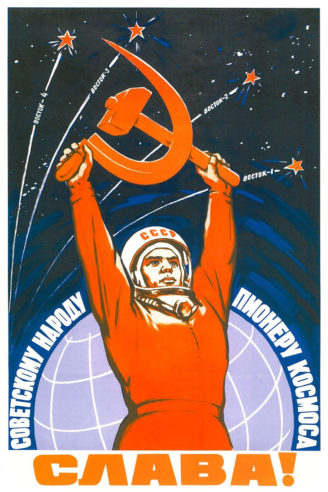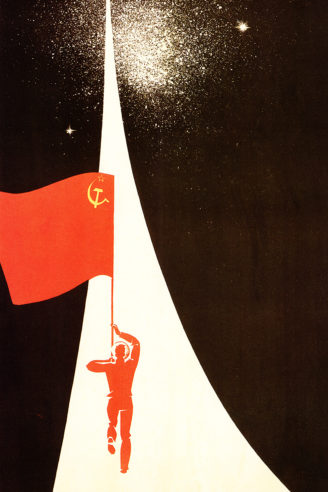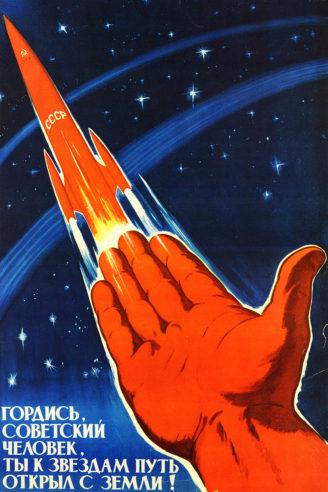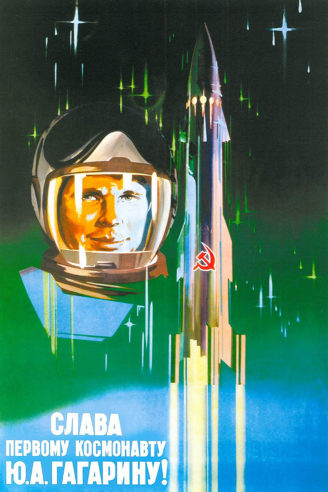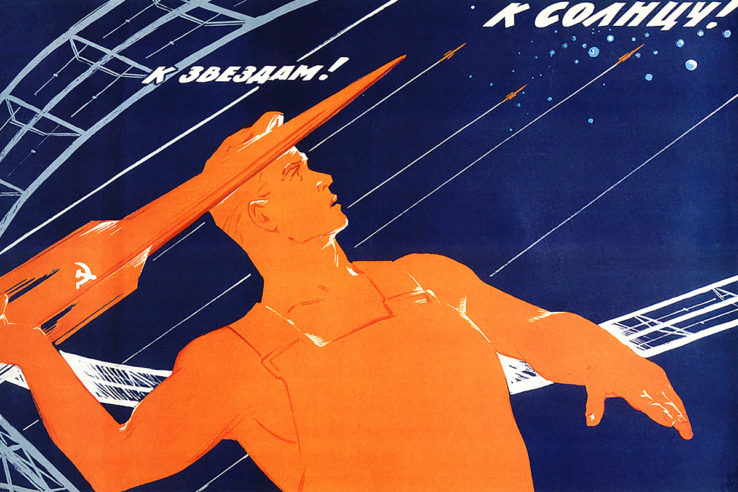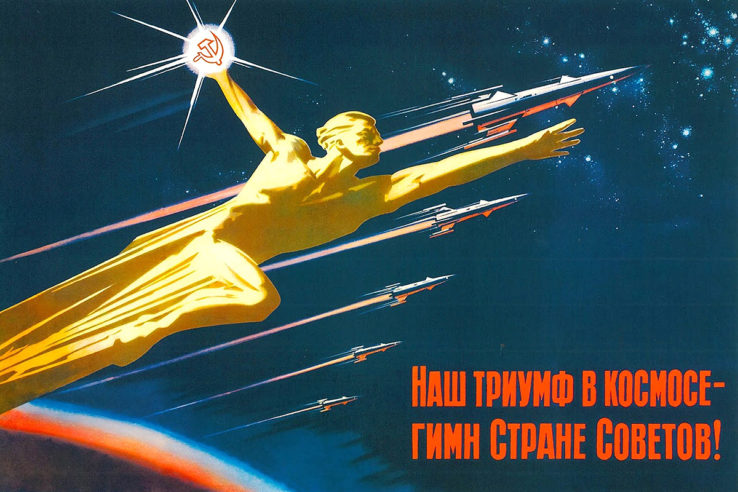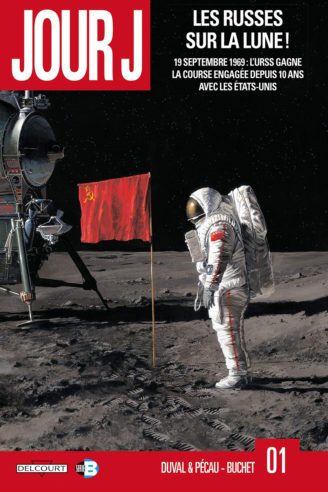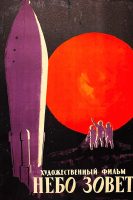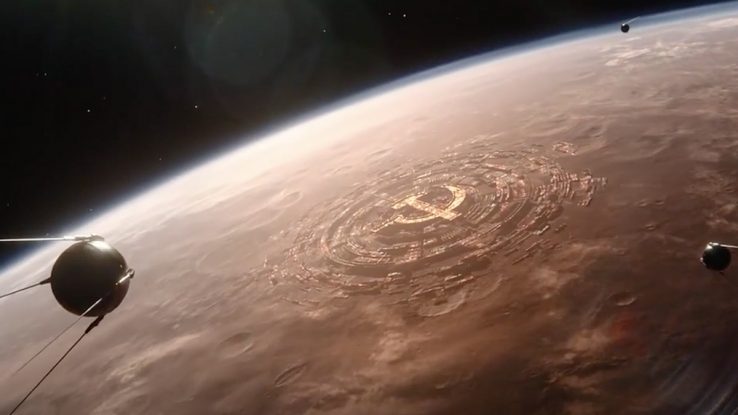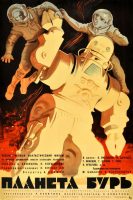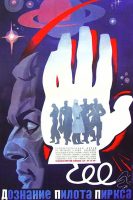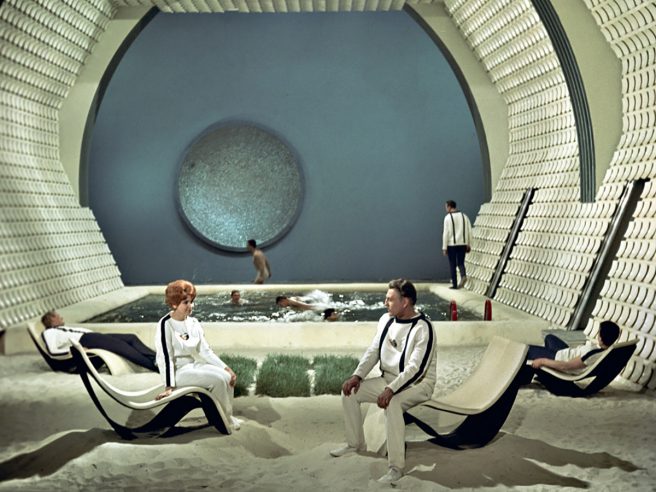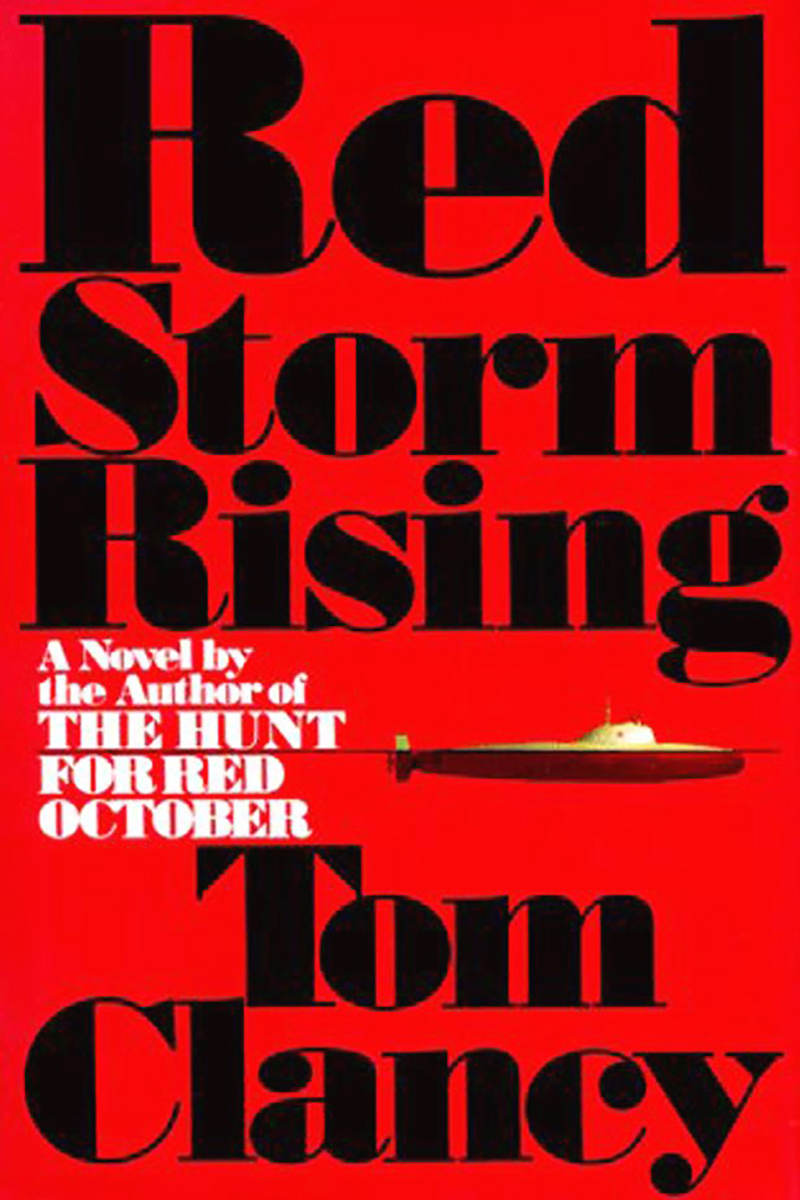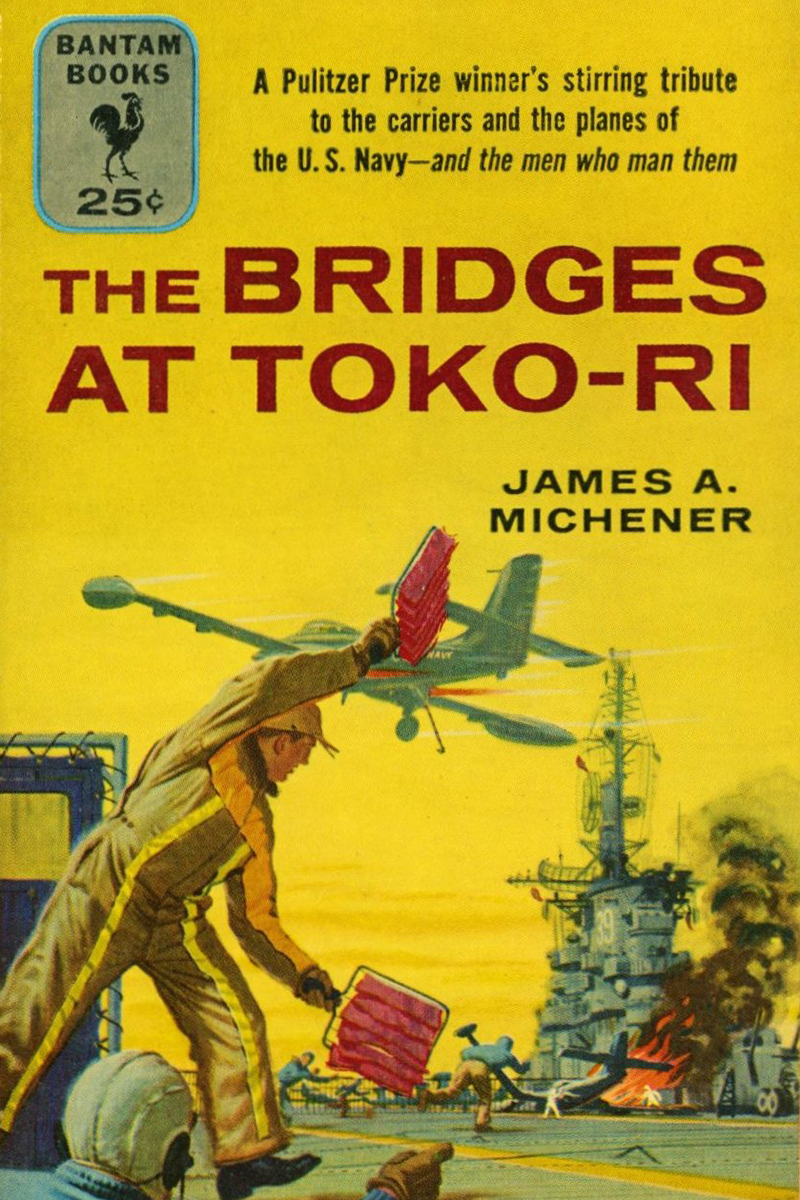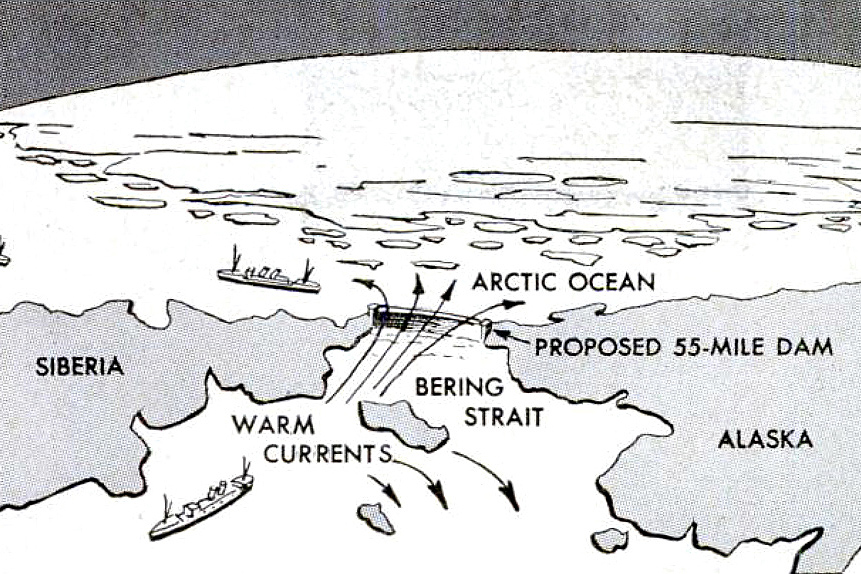For a while, the Soviet Union was ahead in the Space Race. It launched the first artificial satellite, Sputnik, in 1957. Yuri Gagarin was the first man in space in 1961. Valentina Tereshkova became the first woman in space two years later.
These early victories spurred the United States into action. President John F. Kennedy set a goal of putting an American on the Moon before 1970. NASA, created by his predecessor, Dwight Eisenhower, received massive funding. The Apollo program succeeded while the Soviet space program languished. Following the 1969 Moon landing, both sides returned their attention to Earth.
What if they hadn’t? What if the American program had failed and the Soviet Union had continued its exploration of — and expansion into — space?
Road to the Stars
The 1957 Soviet film Road to the Stars (available on YouTube) was one of the first with reasonably realistic depictions of manned spaceflight and life in space, including weightlessness, spacewalks and a wheel-shaped rotating space station, which Russians to this day will tell you inspired Stanley Kubrick’s 2001: A Space Odyssey (1968).
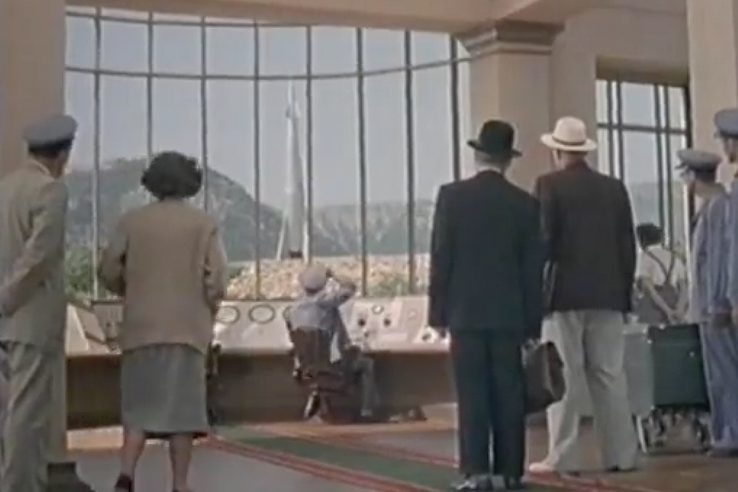
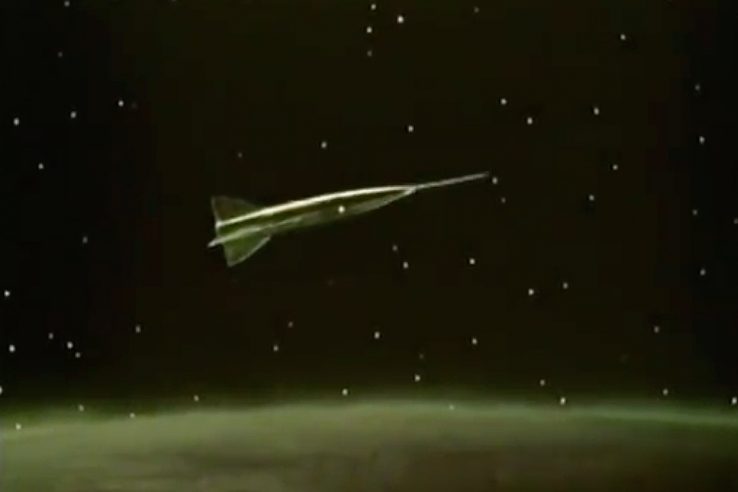
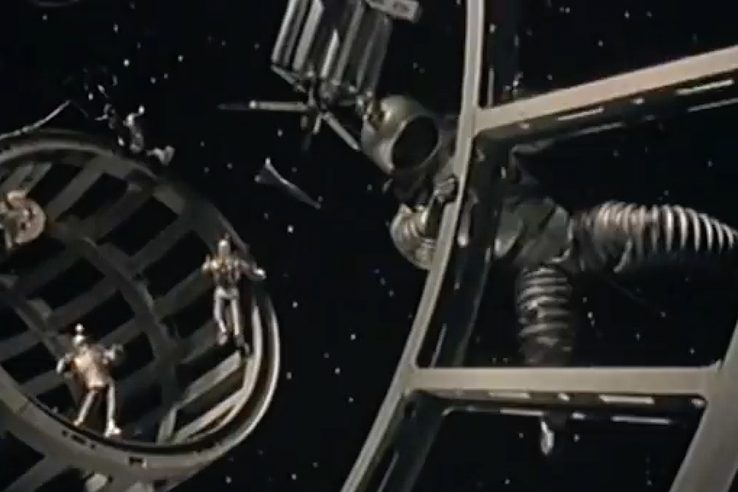
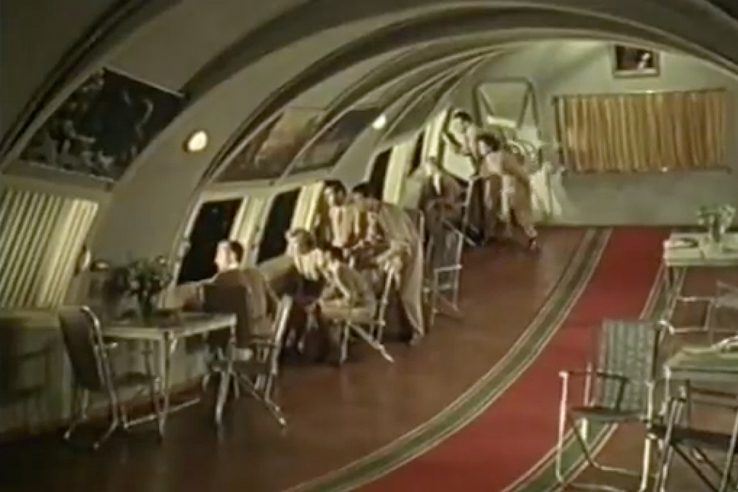
Moon
A similar movie, Luna, was released in 1965 (also on YouTube). Like Road to the Stars, it began with a history of Moon exploration and then showed the possibilities of lunar colonization.
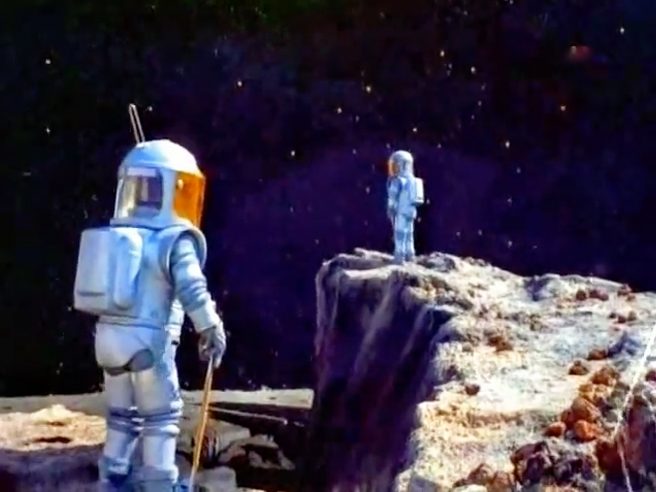
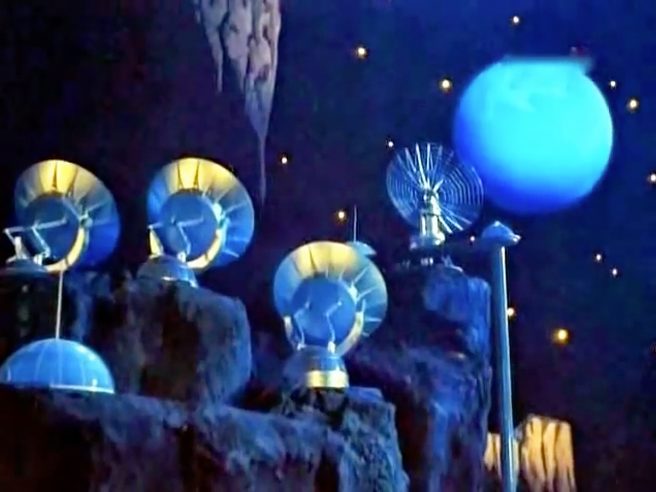
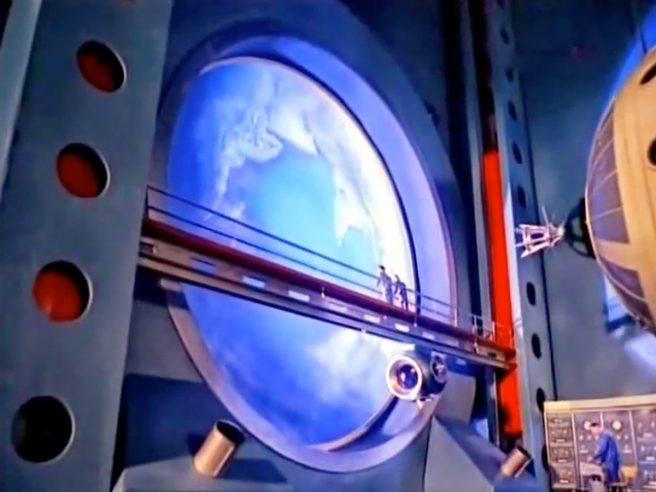
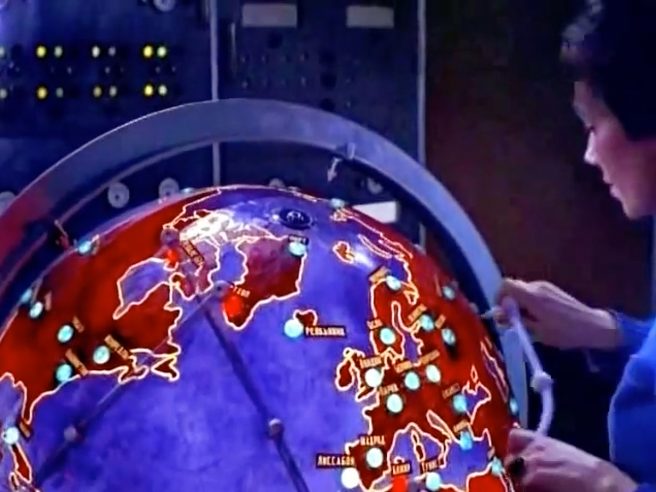
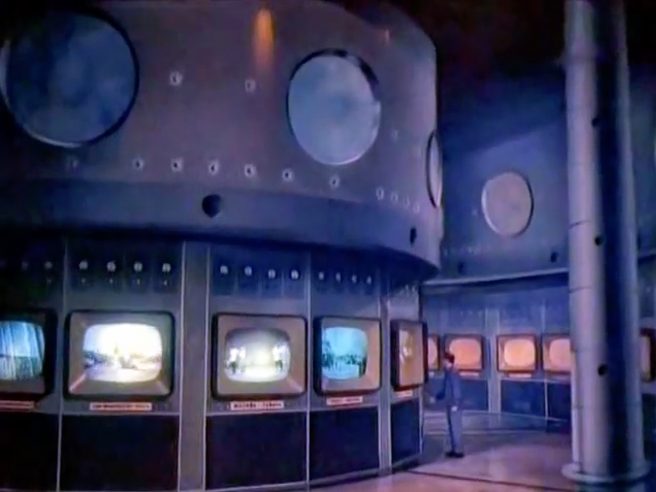
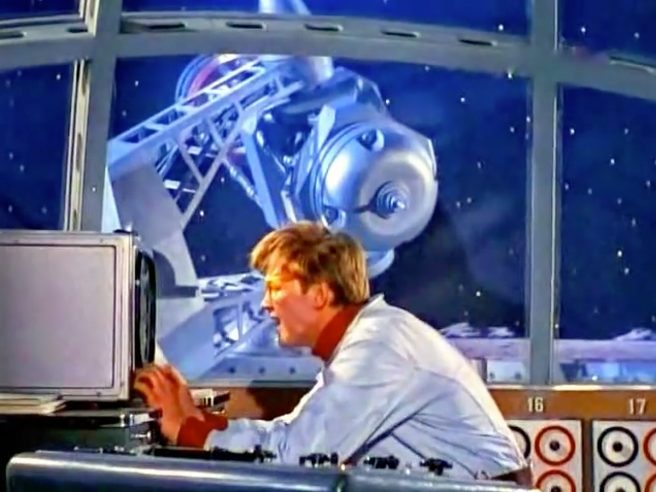

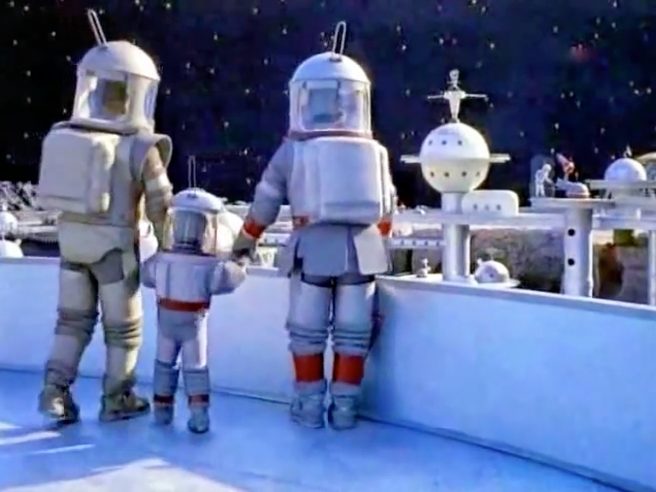

In Les Russes sur la Lune!, the first of the French alternate-history comic books Jour J (2010), the Apollo 11 mission fails and the Soviets land on the Moon in September 1969. President Richard Nixon gives NASA carte blanche to make sure America is the first nation to establish a permanent presence on the Moon.
In reality, the Soviet lunar program wasn’t much of a success. Each of the four attempted launches of the N1 rocket — the Soviet counterpart of the American Saturn V — failed. The second even caused one of the largest non-nuclear explosions in human history.
The N1 was meant to propel the Soyuz 7K-LOK into space, which would then cruise to the Moon and serve as a mothership for the LK lander. It never touched down on the Moon.
Or did it? The movie Apollo 18 (2011) suggests two Soviet cosmonauts did reach the Moon but died, and the Soviet government covered it up.
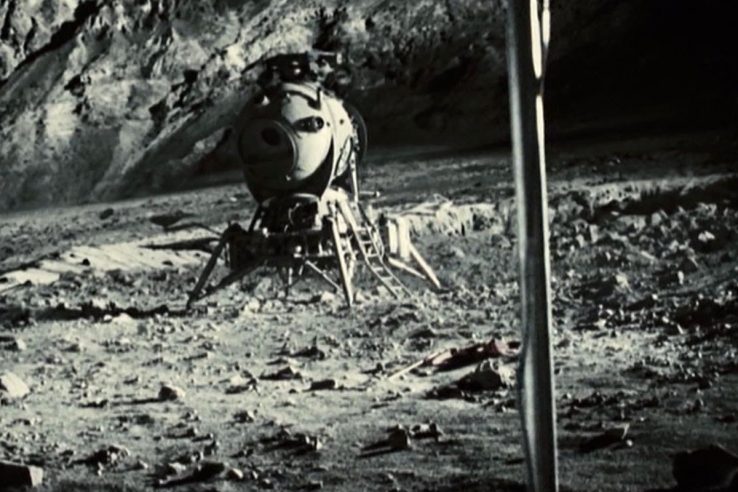
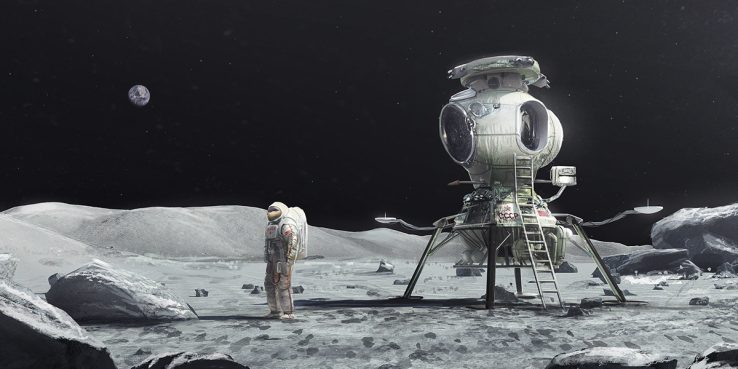
Mars
In Nebo Zovyot (1959, adapted into Battle Beyond the Sun for release in the United States in 1962), a Soviet spaceship is forced to abandon its expedition to Mars to help an American ship that launched prematurely in a desperate bid to reach the Red Planet first. Having saved the American crew, the Soviets are now short on fuel and need to make an emergency landing on an astroid.
In the American version, which was edited by a then-young film student named Francis Ford Coppola, all references to the USSR are removed. Rather a post-apocalyptic future Earth is divided between regimes in the Northern and Southern Hemispheres, which compete in space. The story develops much the same from there, except on the astroid the marooned cosmonauts encounter space monsters.
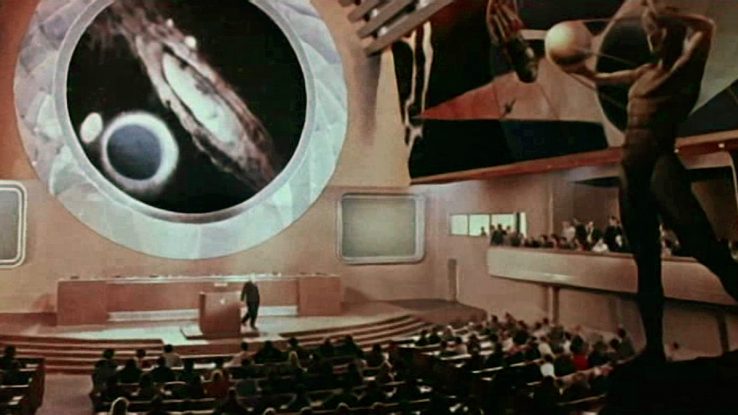
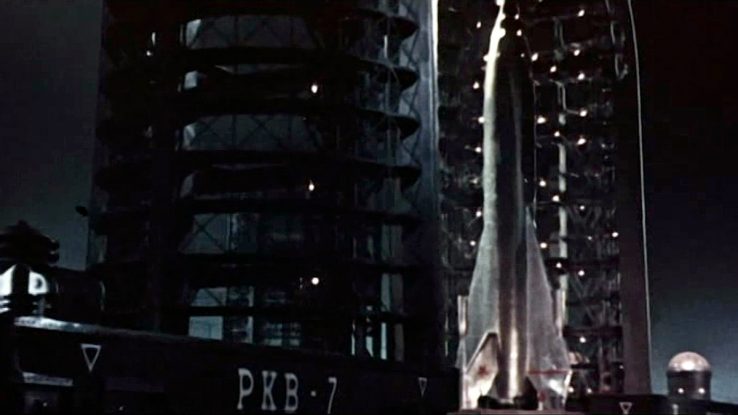
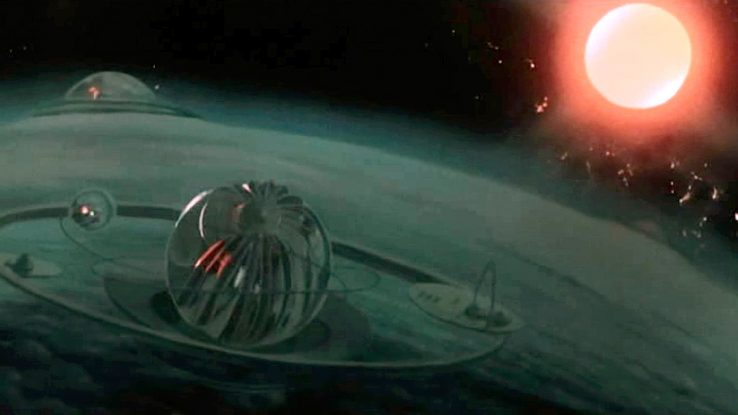
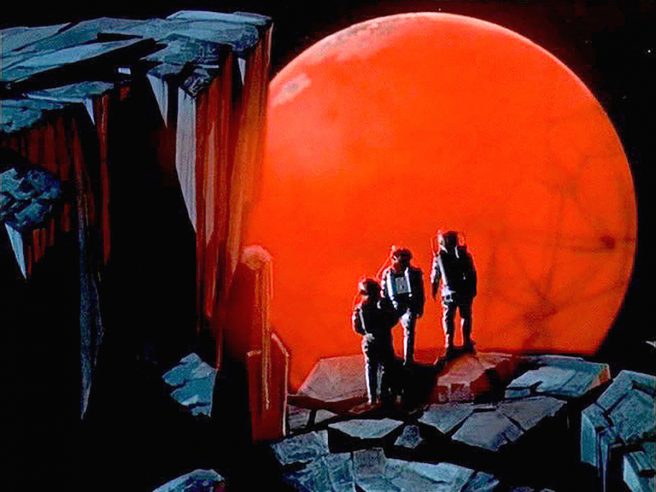
Mars (1968, available on YouTube), a follow-up to Road to the Stars and Luna, used miniatures to show what a Soviet expedition to, and colony on, Mars might look like.
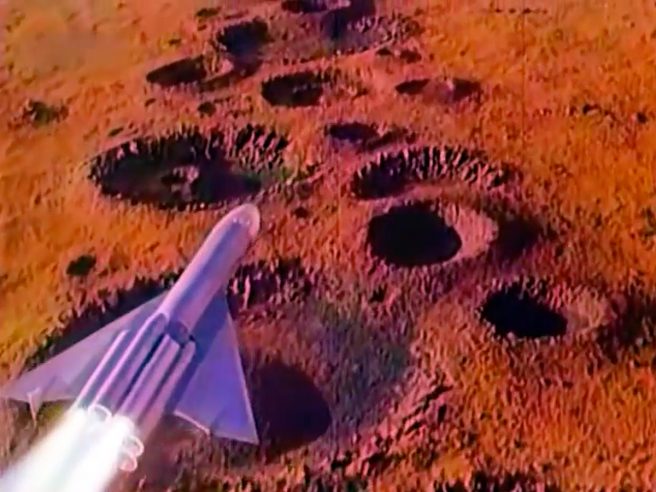
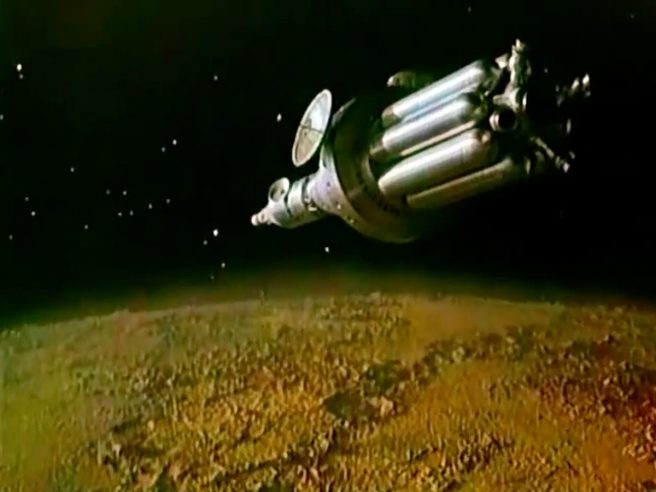
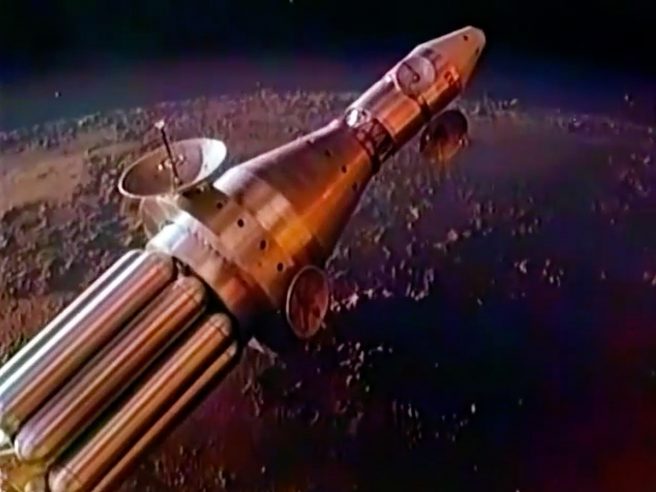
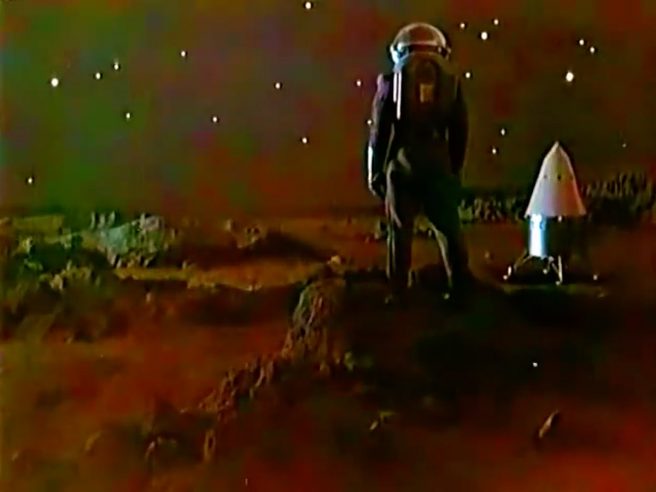
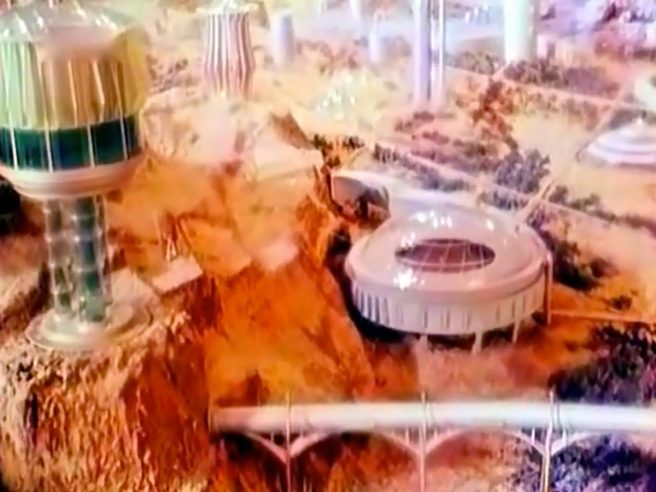
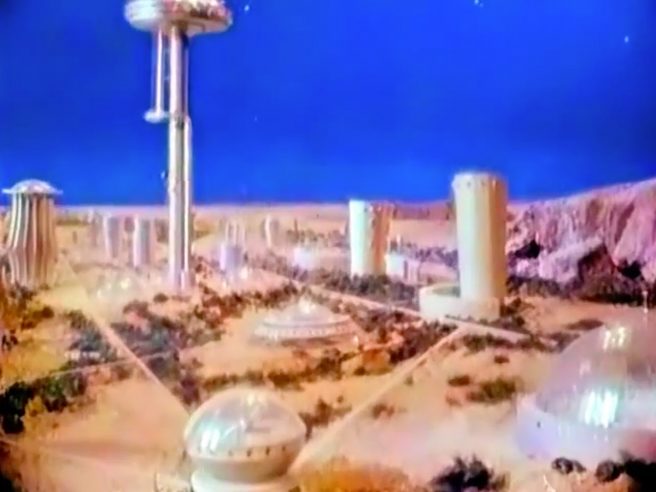
Iron Sky: The Coming Race (2019, our review here) also has a Soviet base on Mars. It is shaped like a hammer and sickle.
In the real world, the first Soviet mission to Mars was planned for 1971. The designation of the spacecraft was TMK, which was expected to take ten and a half months to reach the Red Planet. The plan was to use the same vehicle for missions to Venus.
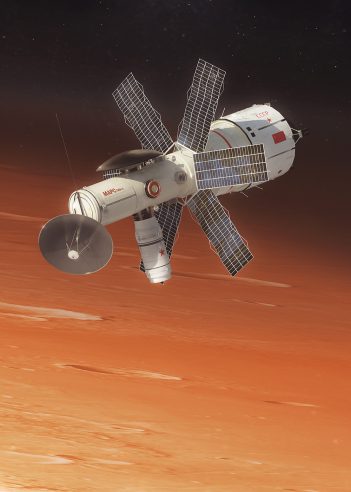
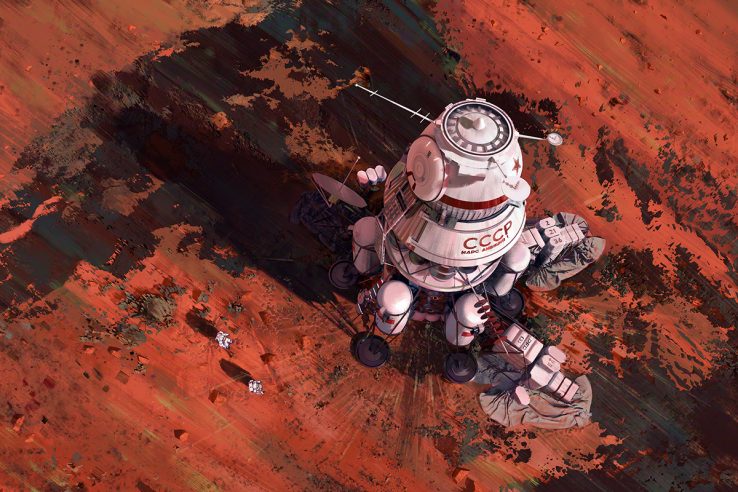
Venus
In Planet Bur (1962, released in the United States as Voyage to the Prehistoric Planet in 1965), a Soviet expedition crash-lands on Venus and discovers it is inhabited by monstrous dinosaur-like creatures.
The movie has all the tropes of early science fiction, from hovercars to man-sized robots to evidence of an ancient humanoid civilization on the planet.
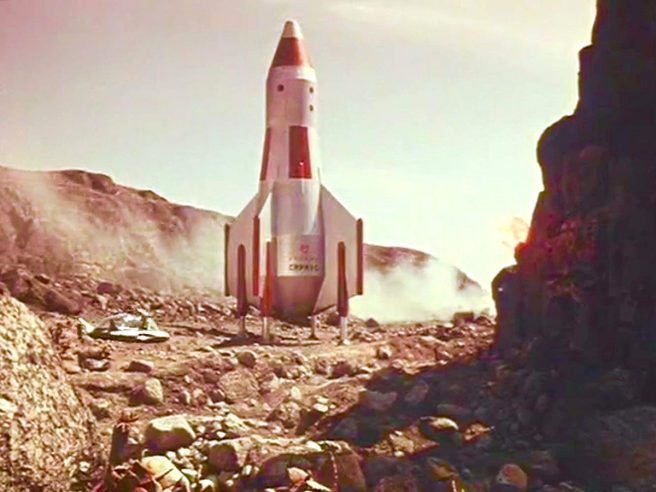
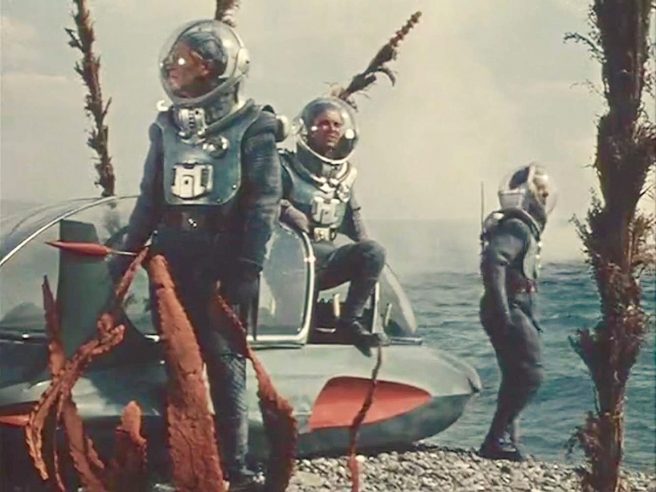
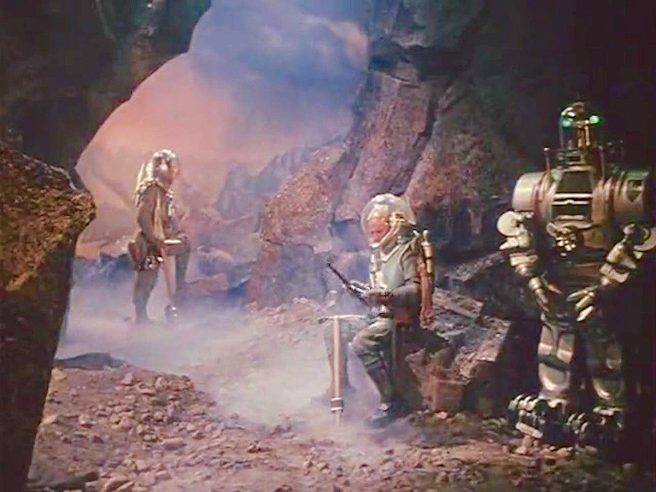
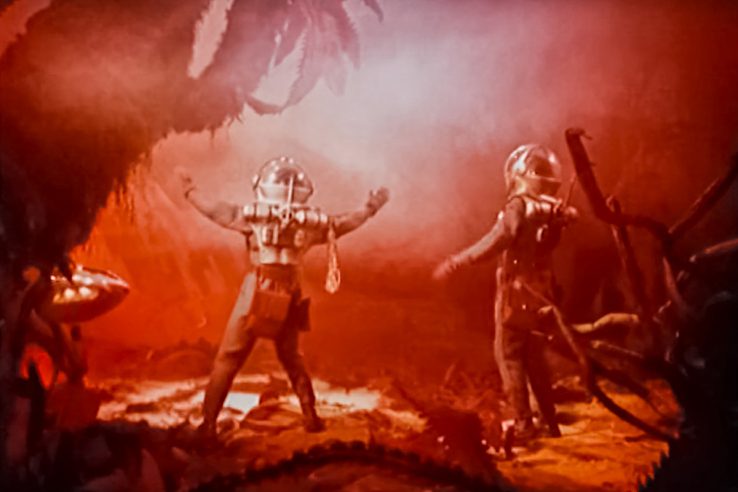
Solar system
The Polish-Soviet film Inquest of Pilot Pirx (1979) begins with what looks like a routine scientific mission in the Cassini Division, a gap between the rings of Saturn. It is soon revealed, however, that the real purpose of the mission is to test the use of androids in space.
An accident occurs and the human crew of the spacecraft is almost killed. The pilot, Pirx, is held responsible.
Back on Earth, an inquiry is held to determine what went wrong. Unsurprisingly, it turns out the robots were responsible.
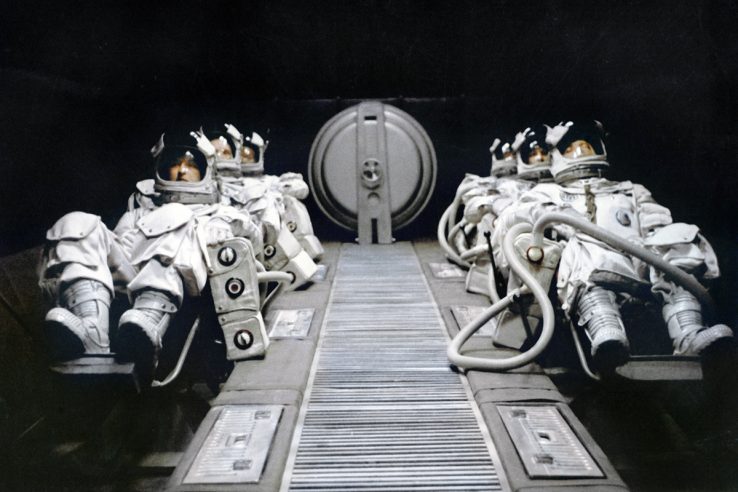
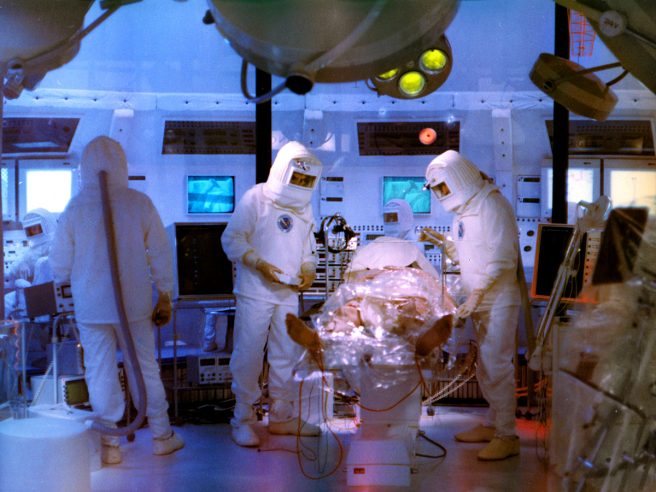
Deep space
The Andromeda Nebula (1967), based on the 1957 novel by Ivan Yefremov, tells the story of a spaceship (with indoor beach and swimming pool!) that is trapped by the gravitational force of an iron star. The crew is forced to land on a planet orbiting the star, but there they are attacked by predators.
The movie was meant to be the first in a series, but a sequel was canceled when the lead actor, Sergei Stolyarov, died in 1969.
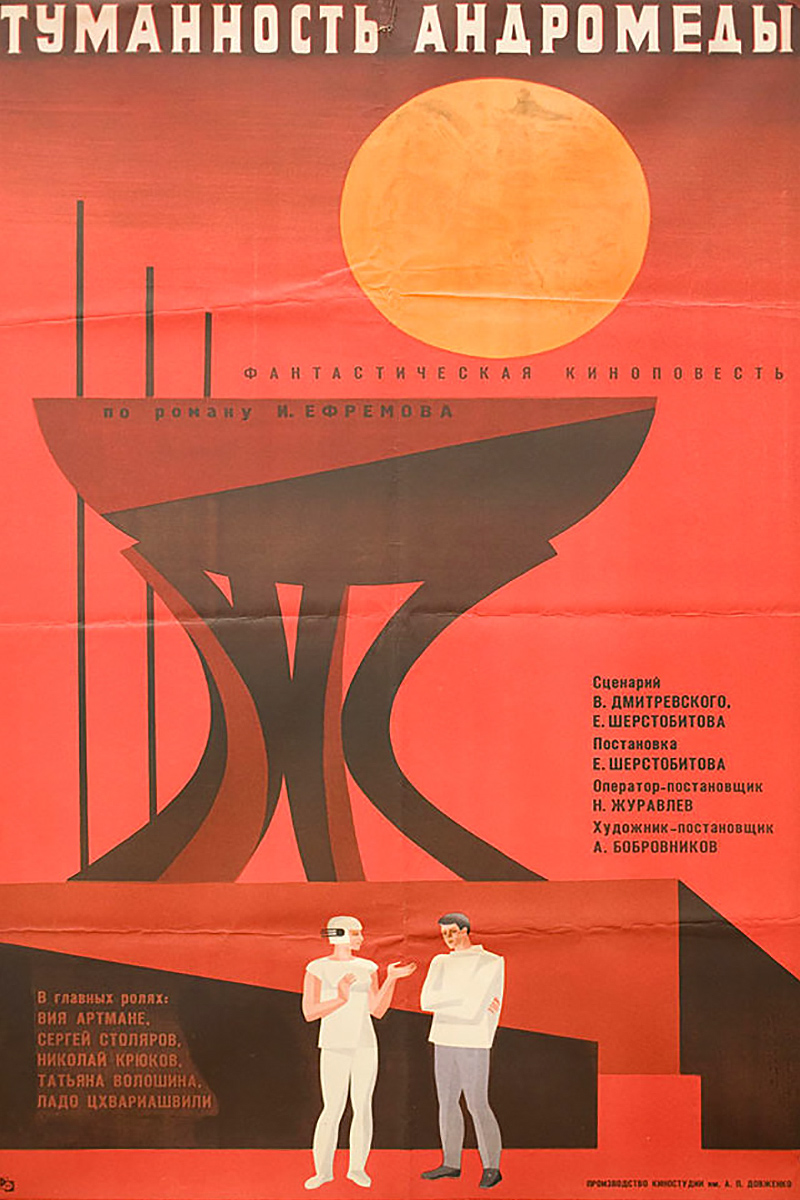
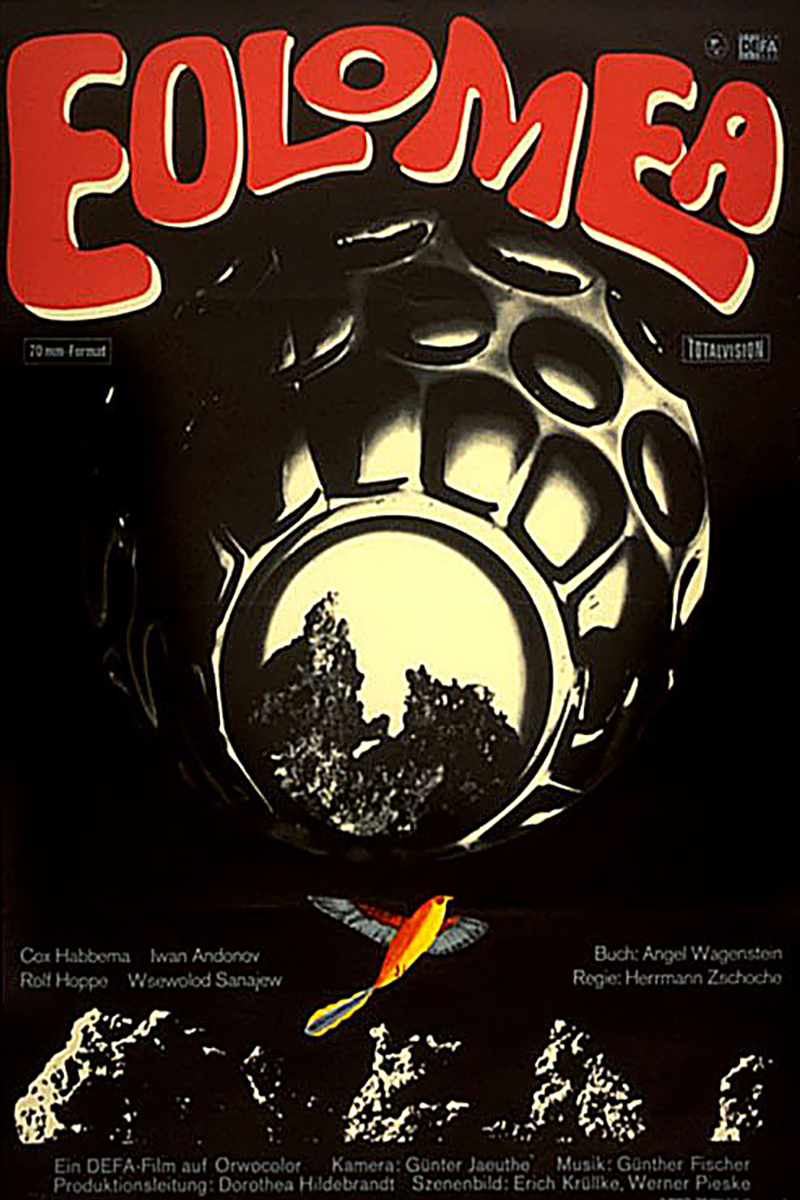
Eolomea (1972), based on the book by Bulgarian author Angel Wagenstein, was a Bulgarian-East German-Soviet co-production set in the far future. The movie begins when Earth loses contact with its enormous space station Margot. The authorities ban all spaceflights, but one ship manages to leave the planet.
The source of the problem turns out to be a Morse transmission from the constellation Cygnus that says just one word: Eolomea. This is taken to be an alien world. An expedition of stolen spaceships takes off from Margot to investigate.
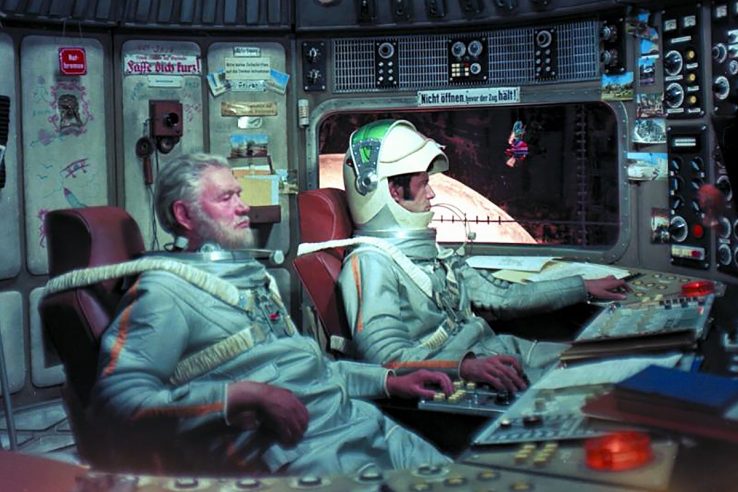
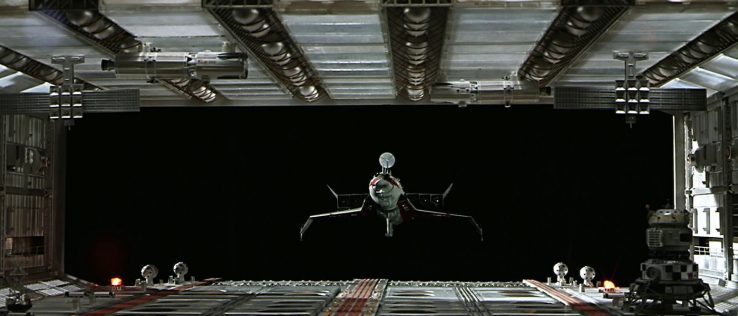
In the Noon Universe novels of Arkady and Boris Strugatsky, communism has won the Cold War. In the 2100s, the world is governed by an enlightened council of scientists. So-called “progressors” are embedded in less advanced humanoid civilizations to speed up their development.
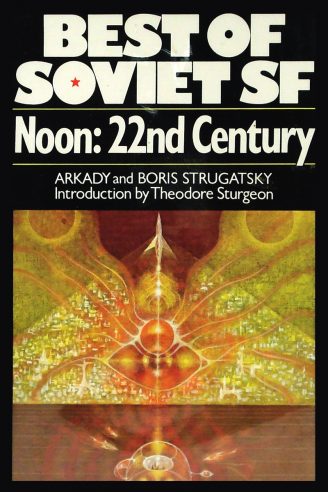
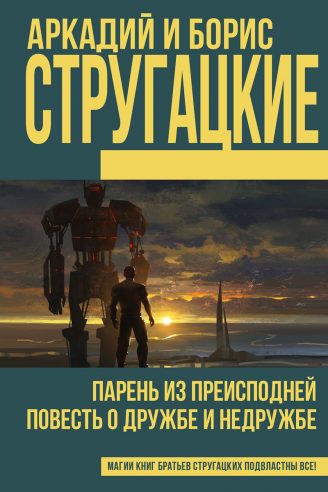
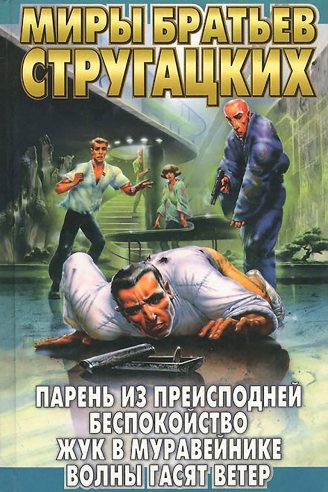
Art
Andrei Sokolov was one of the most prolific Russian space artists. He worked closely with cosmonauts, in particular his friend Alexei Leonov, to make sure his depictions were realistic. Some of his works were carried into space aboard the 1971 Soyuz 11 mission and later transferred to the Salyut space station.
Click here for more art by Andrei Sokolov.
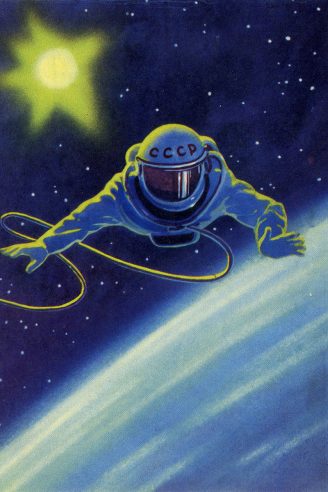
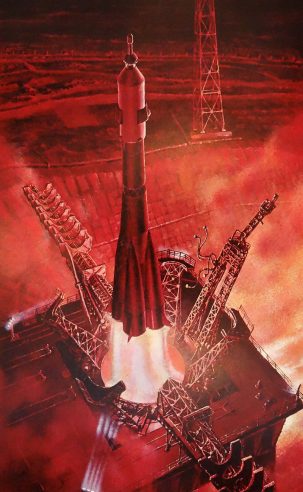
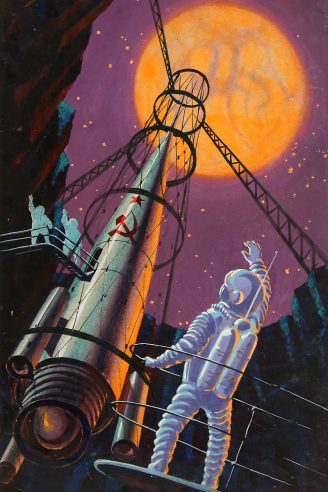
Leonov — the first person to conduct a spacewalk — dabbled in space art himself.
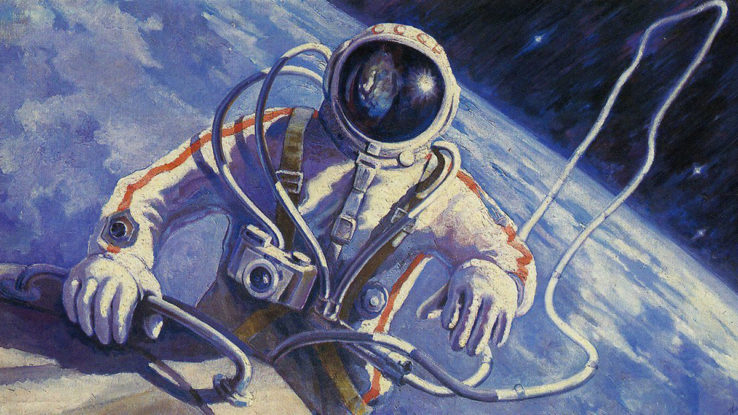
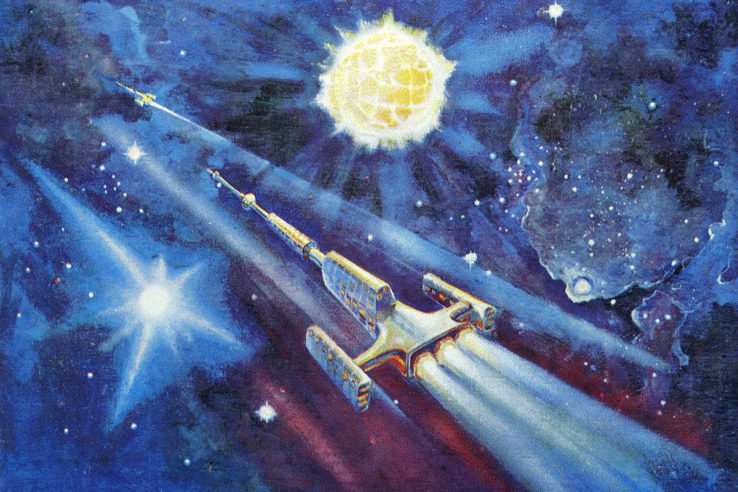
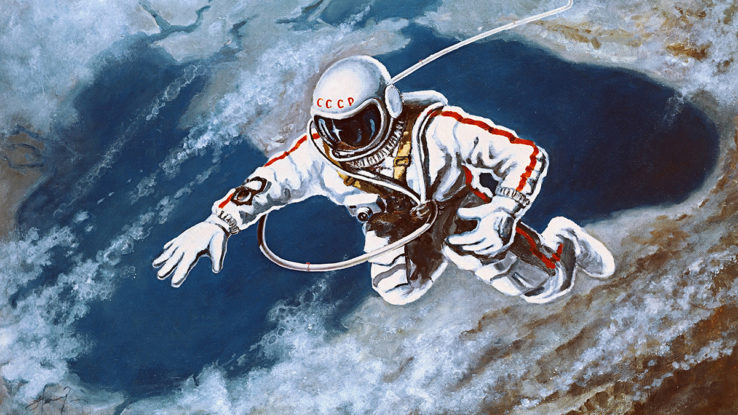
Nikolai Kolchitsky was a frequent contributor to midcentury Soviet science and technology magazines.
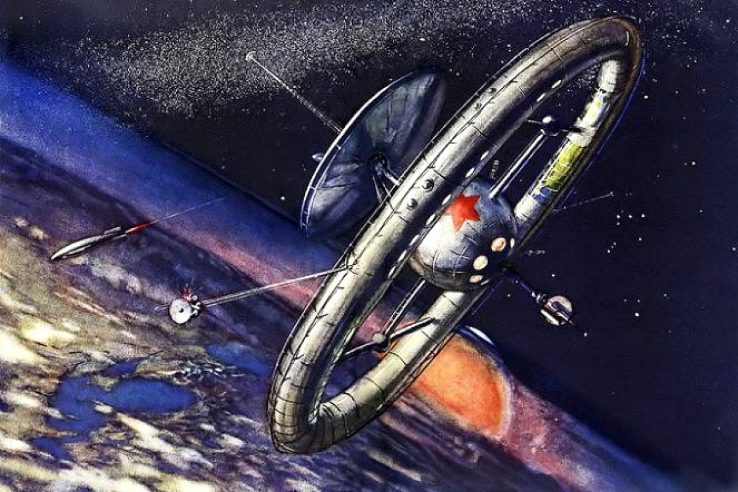
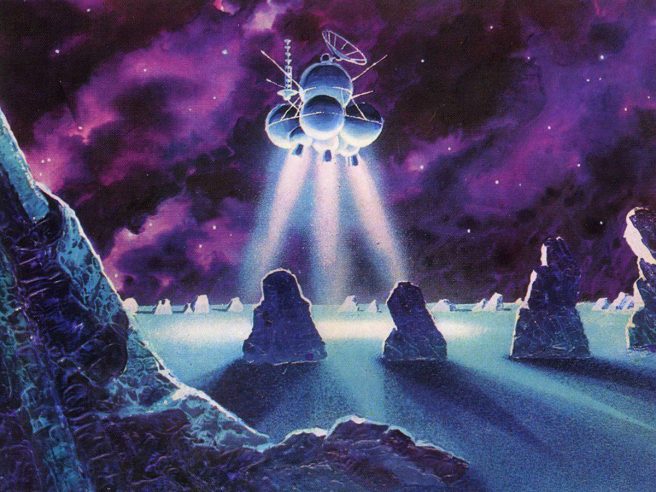
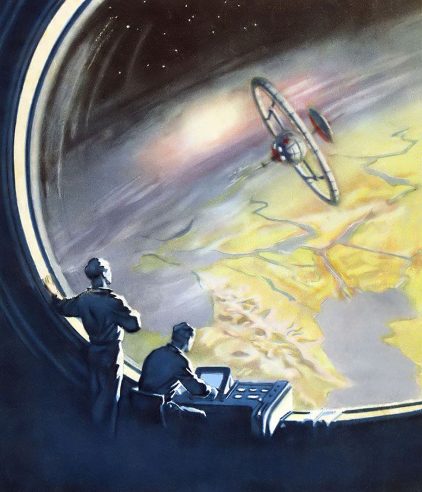

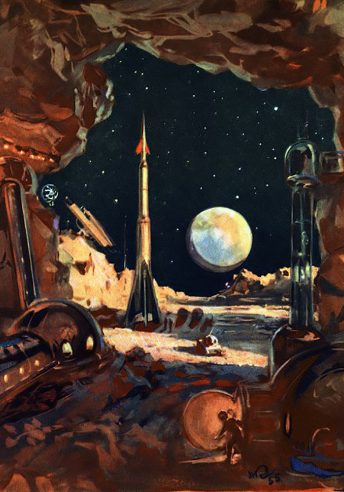
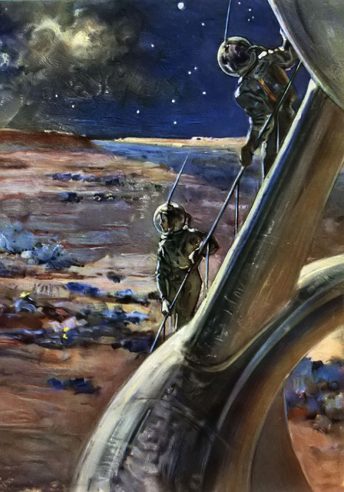
The Soviet state commissioned many impressive propaganda posters to celebrate the successes of its space program.
